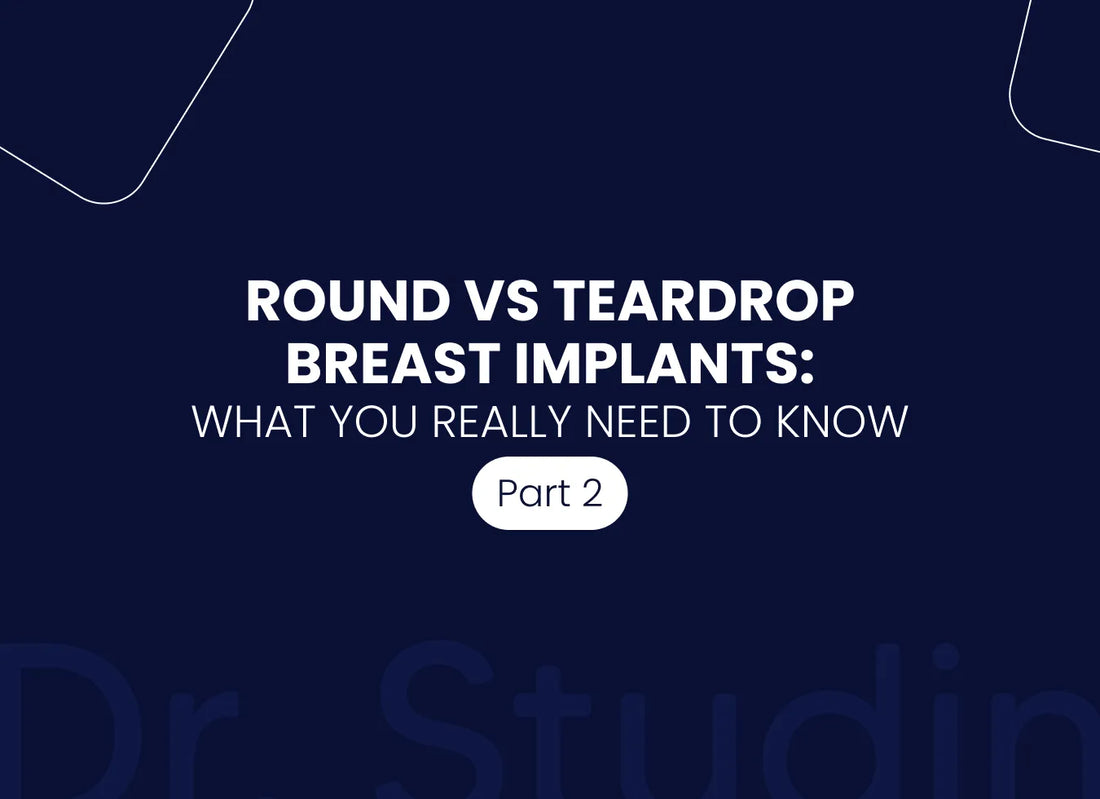
The Invention of Teardrop Implants: What They Were Designed to Do and Why It’s Worth Rethinking
Teardrop-shaped breast implants were introduced with the idea of creating a more natural breast appearance. The design was intended to replicate the natural contour of the breast, which is typically narrower at the top and fuller at the bottom. For years, this concept was promoted as the ideal solution for breast augmentation, aiming to provide a more anatomically correct and aesthetically pleasing result. The goal was to enhance the patient’s natural shape and provide a subtle, sloping curve that would resemble a real breast.
However, despite the promising theory behind teardrop implants, there is growing skepticism about their actual benefits. Dr. Studin, a prominent figure in the field, suggests that the development of teardrop-shaped breast implants might have been influenced more by marketing strategies than by actual medical need. While the teardrop shape seemed logical on paper, the real-world application of this implant shape is less convincing.
When round breast implants are used, they naturally create a similar teardrop-like effect once placed inside the body. The force of gravity causes the filler within round implants to shift downward, creating the same slope that the teardrop implant is specifically designed to achieve. This happens once the patient stands or moves, as the implant naturally settles into position. Essentially, round implants can create the same natural contour without the complexity and specialized shape of the teardrop implant.
The question then arises: Are teardrop implants truly necessary? The answer seems to suggest that they might not provide any real advantage over round implants. In fact, they could be seen as a more complex, expensive option without offering any significant benefit. In many cases, the round implants, which are easier to place and more cost-effective, offer the same outcome by simply relying on gravity to create the desired breast shape. As a result, the teardrop implant's original purpose may not be as relevant as once believed, and patients may do just as well with round implants.